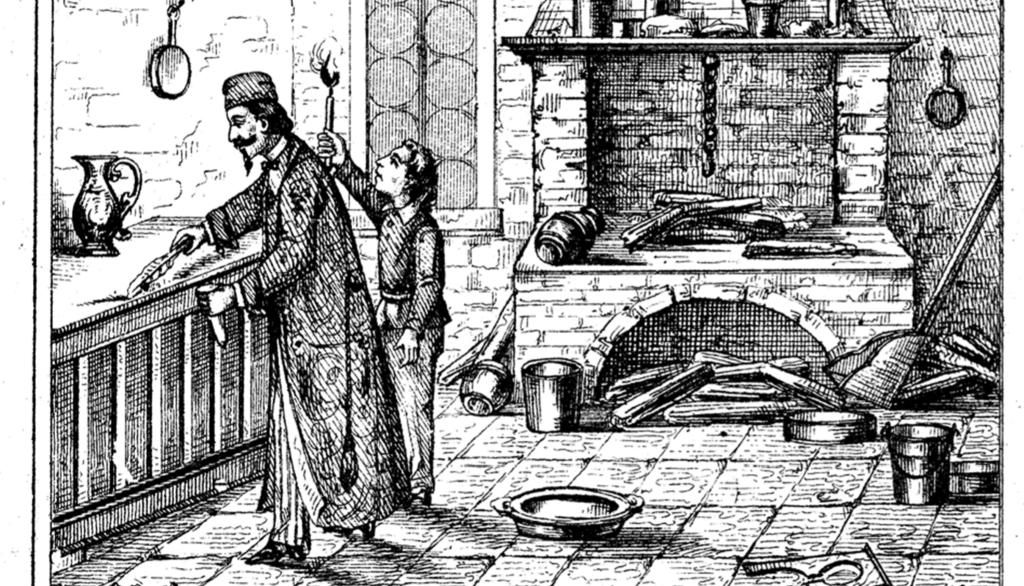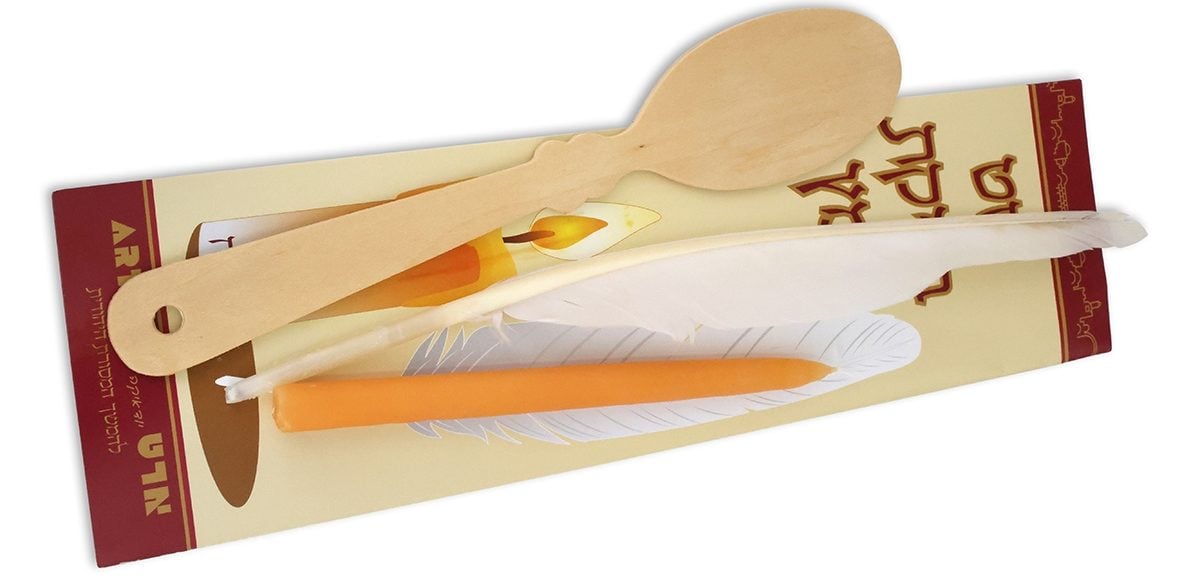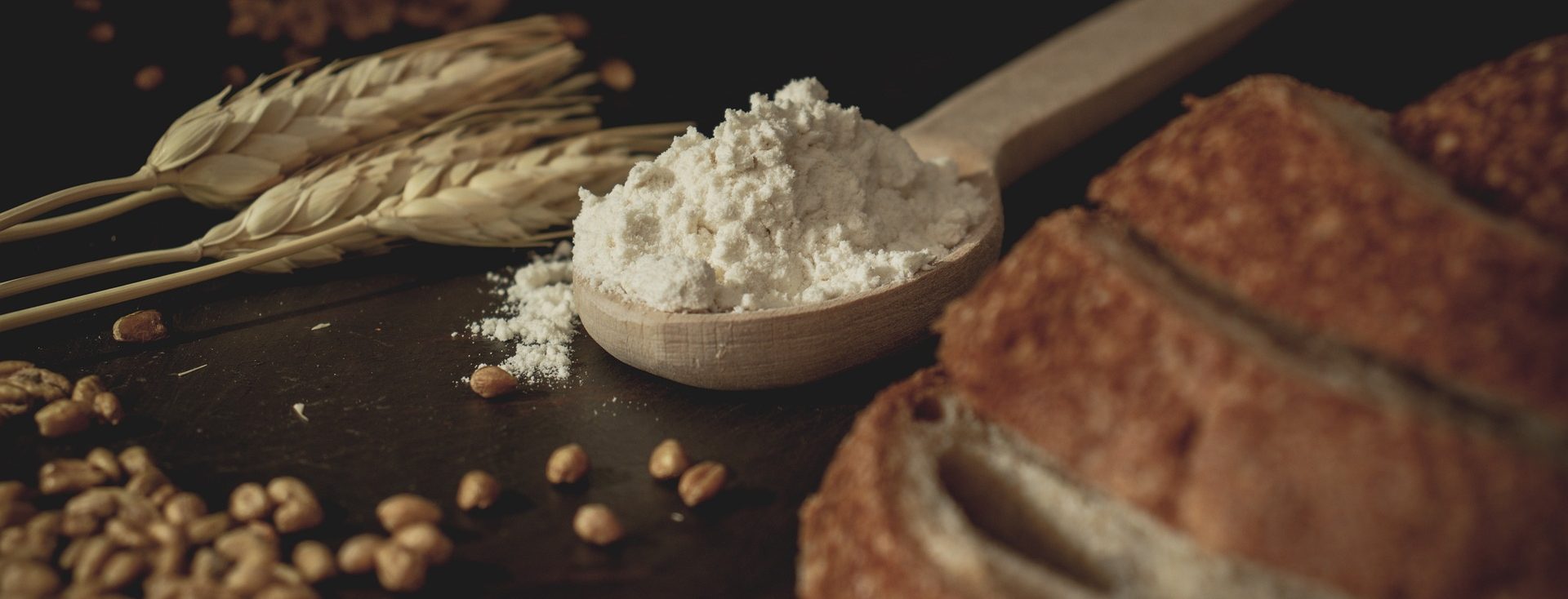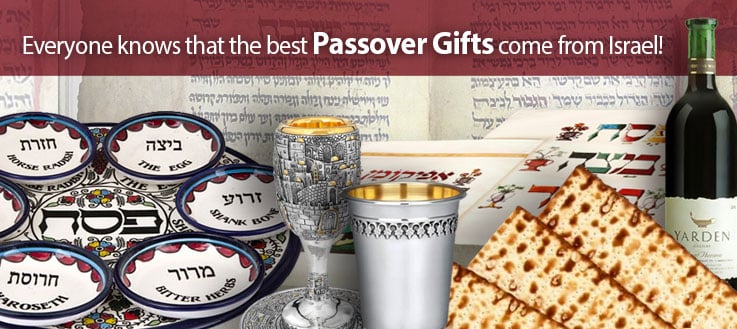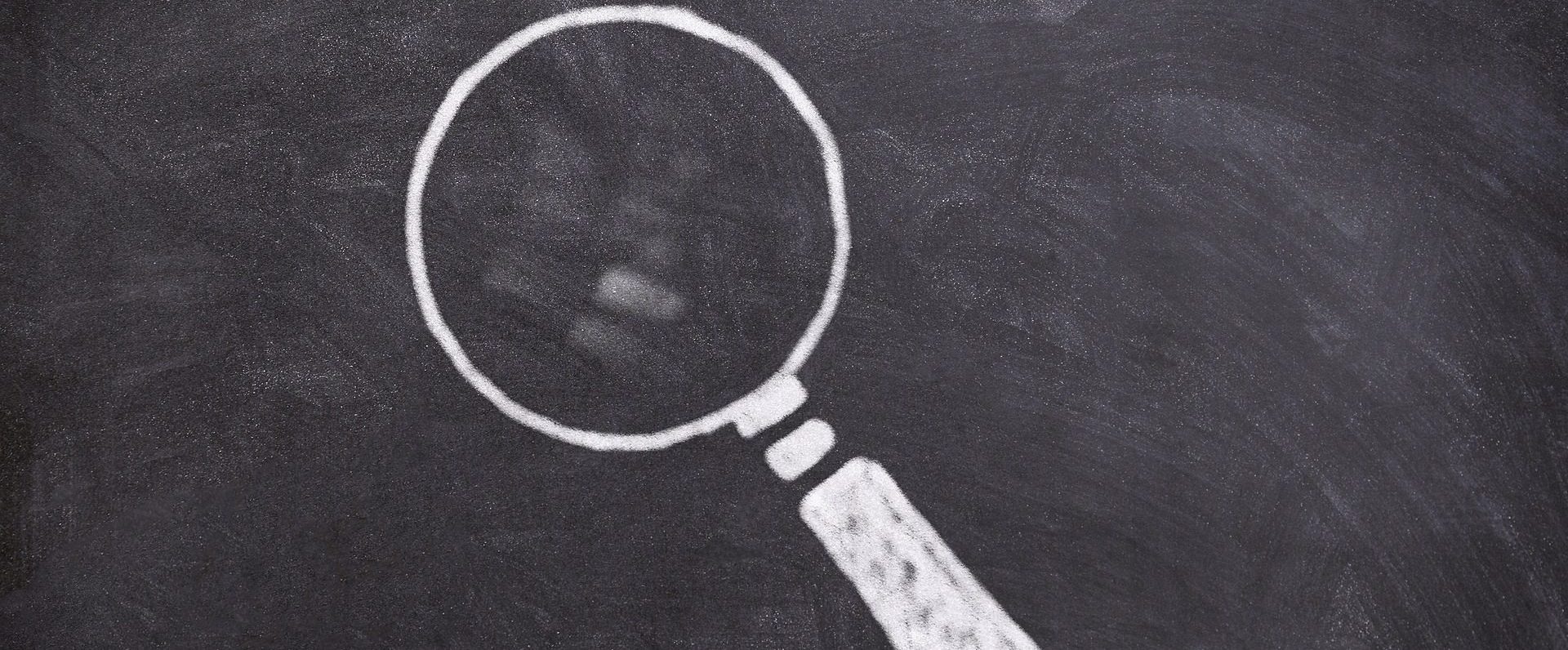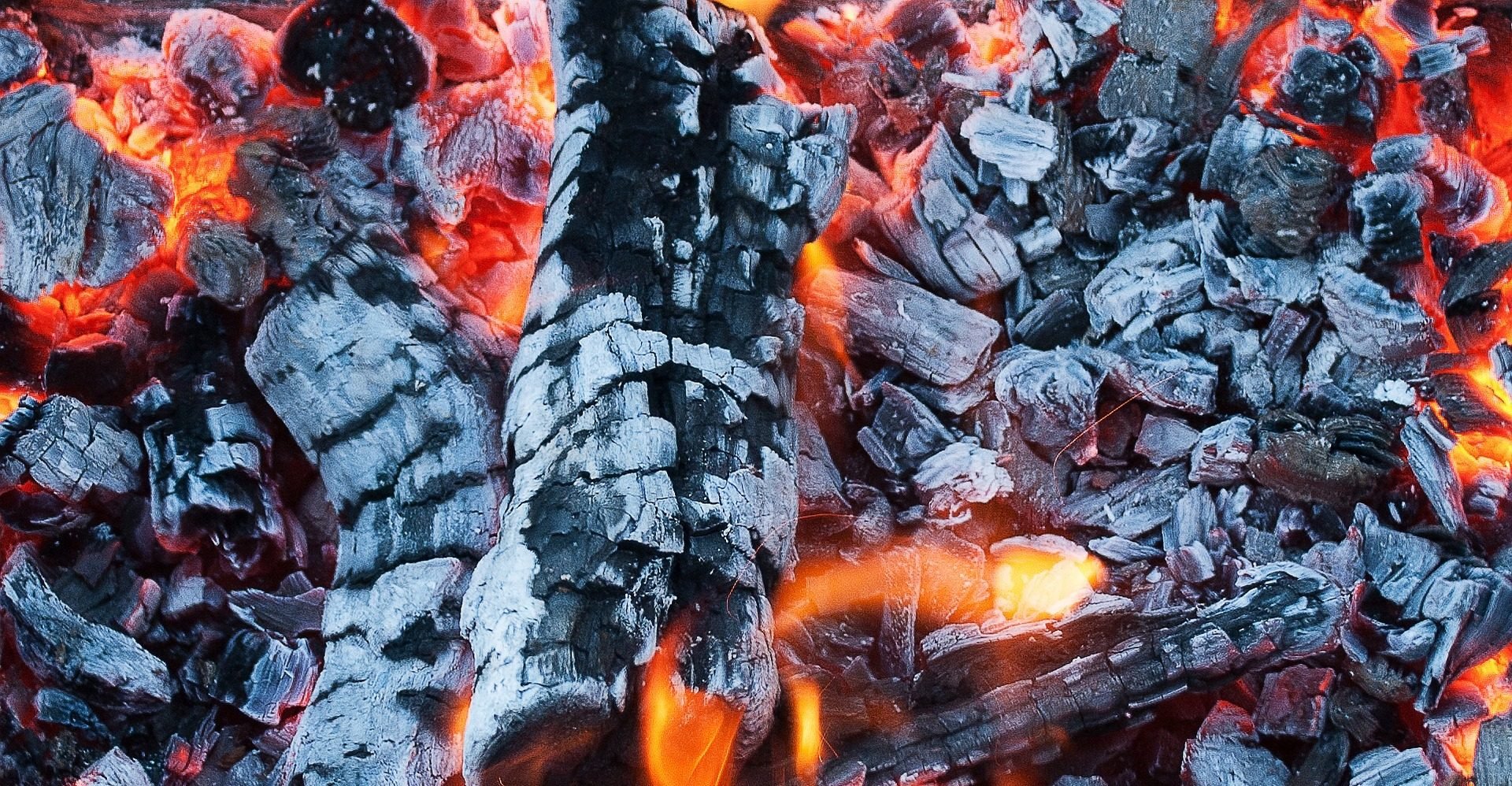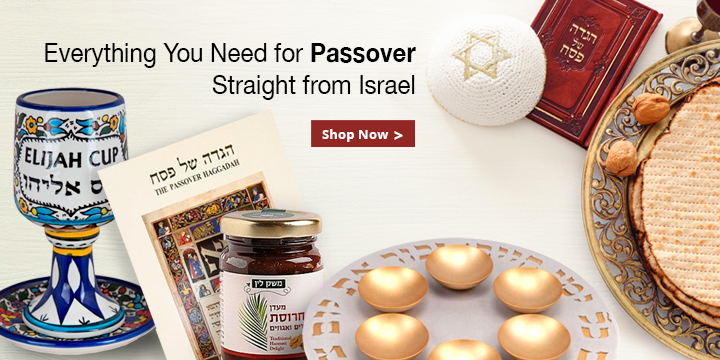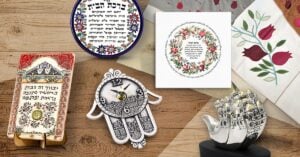Three notable practices stand out about bedikat chametz
- Performing the search with a feather, wooden spoon, and a candle.
- Searching in silence
- Leaving out 10 small pieces of bread, wrapped in plastic or tinfoil
1) The 3 items, typically purchased in a kit together all have a distinct function. The candle is because one must look into nooks and corners around the house at evening time, not during the day when a light is less effective.
The feather and the spoon are both used to pick up some crumbs, flakes, and dust. The spoon used is typically wooden such that the crumbs found can be burned with the spoon.
2) The bedika is conducted in silence because since you’ve said a bracha, it would not be appropriate to get distracted with other subjects until the search is complete.
3) As to avoid not even finding a crumb and therefore saying the blessing in vain, people now leave around tiny pieces of bread, wrapped so as to prevent crumbs splitting off. This makes for somewhat of a scavenger hunt too. 10 has become a traditional number and once the pieces are found, say the line to end the bedika.
Between the traditional objects and searching around the home, this is a fun way to get your children excited about mitzvot and cleaning: a win all around!
